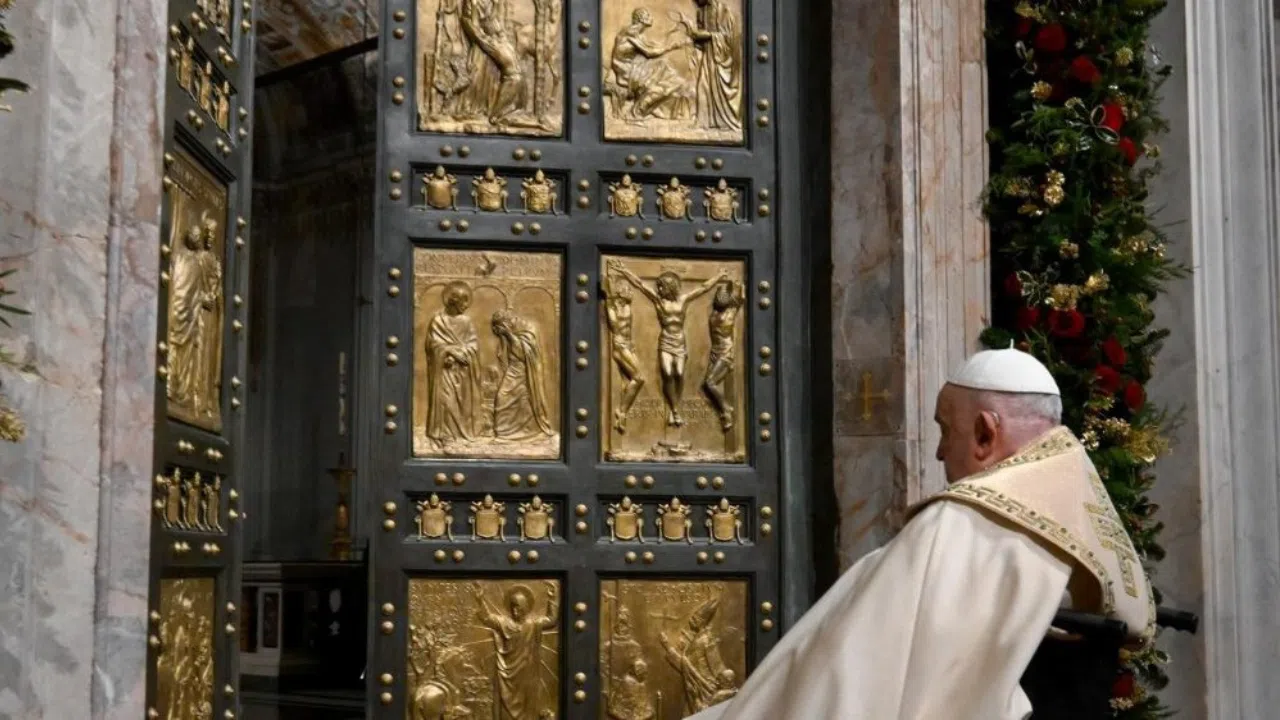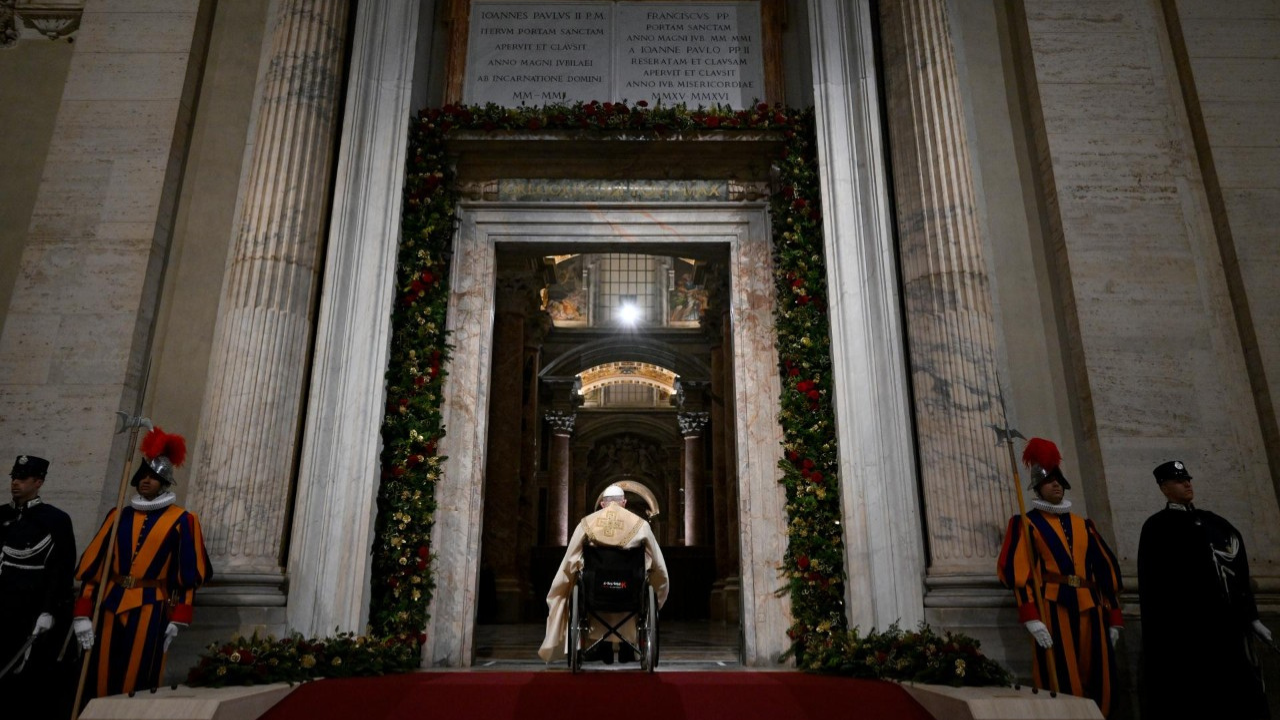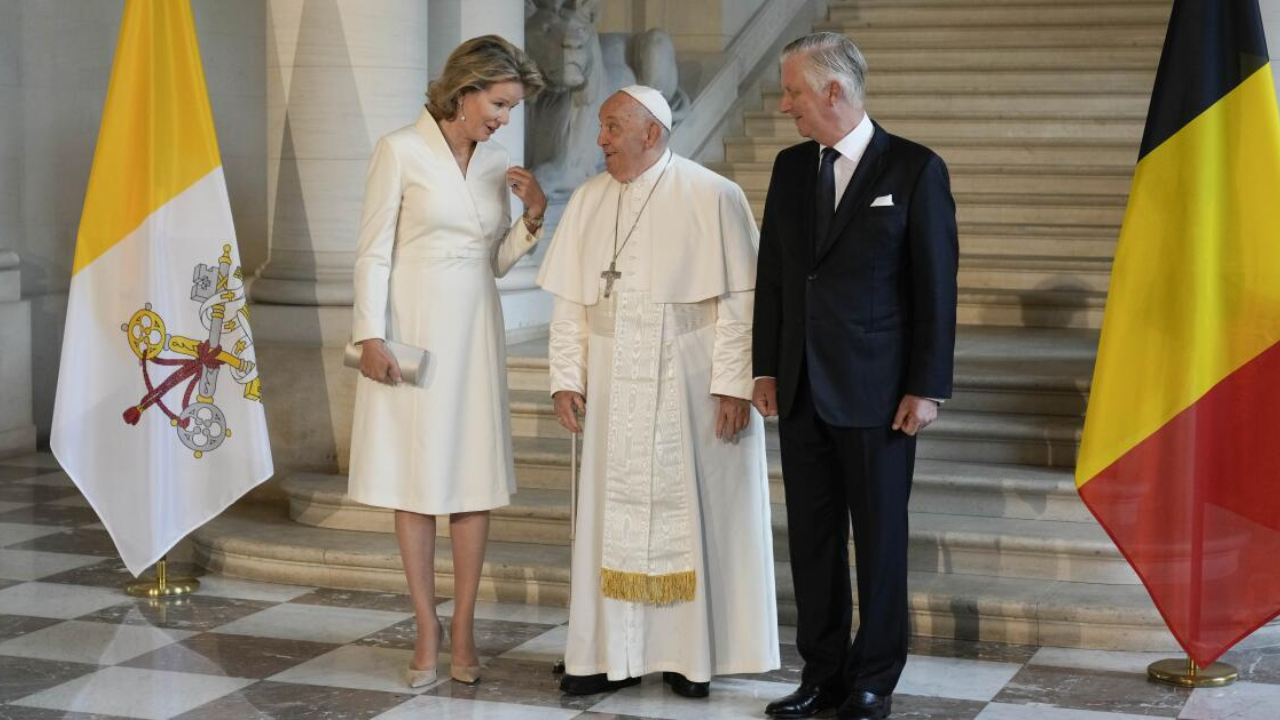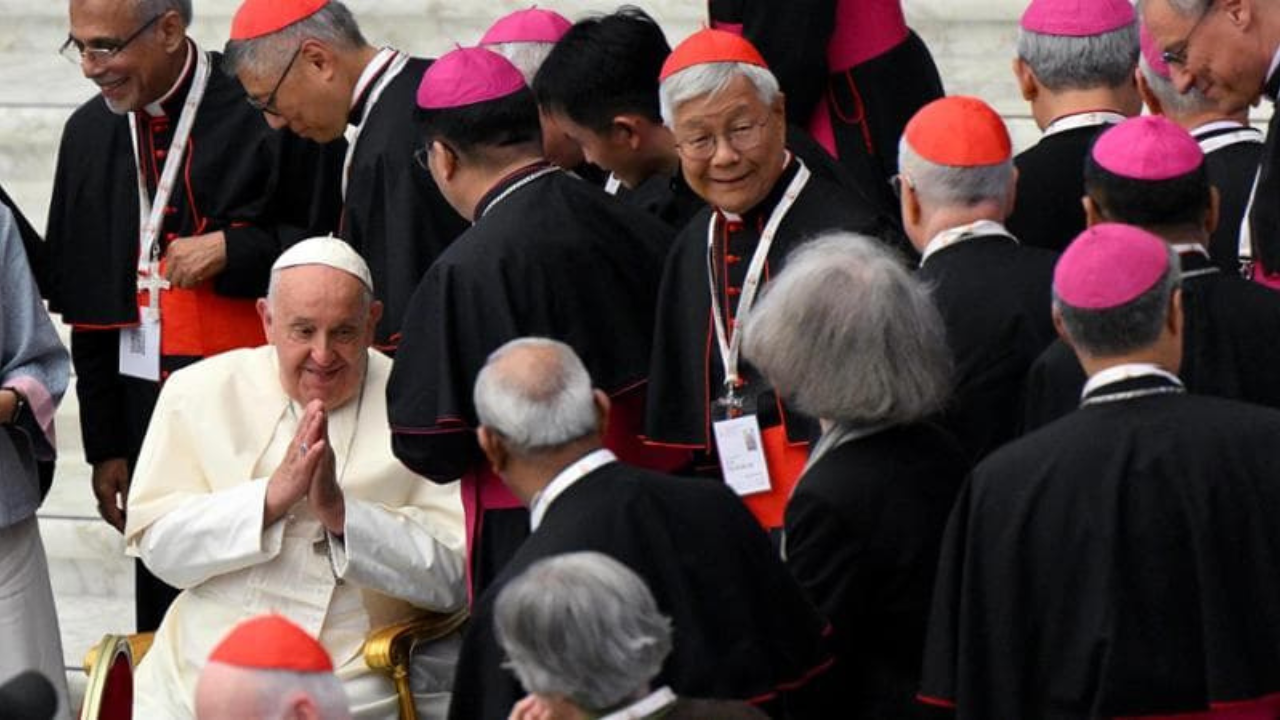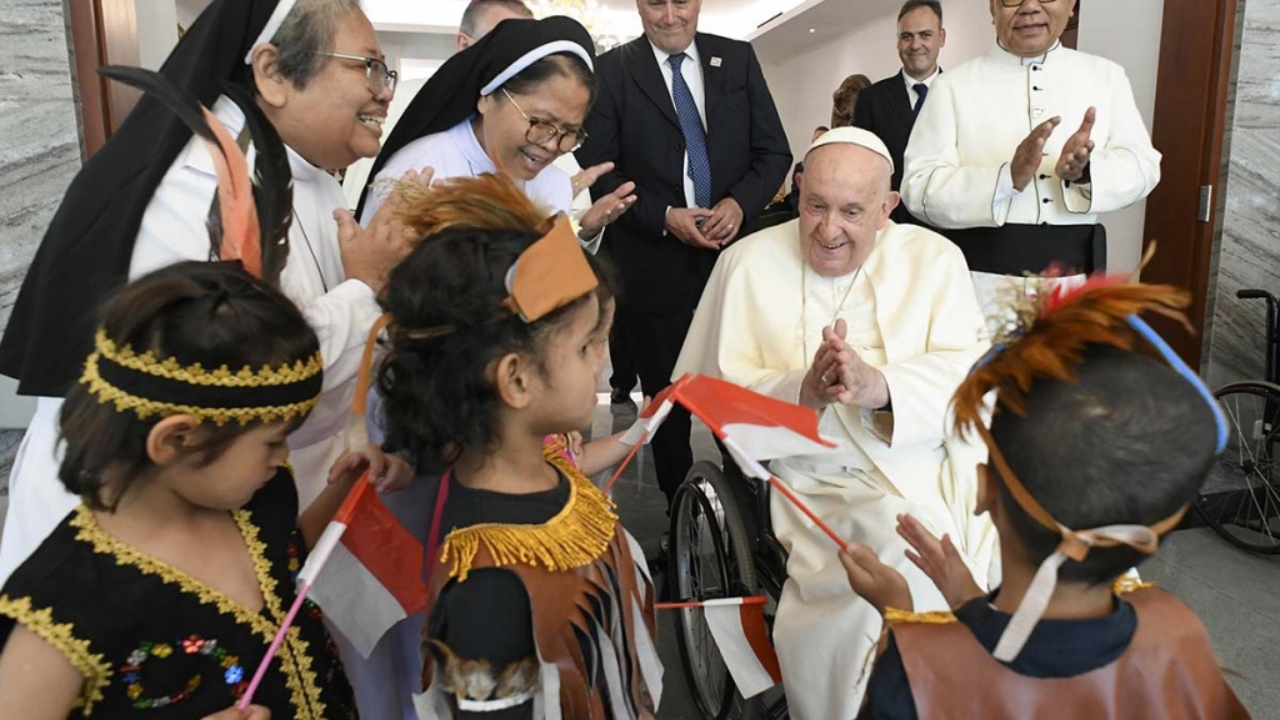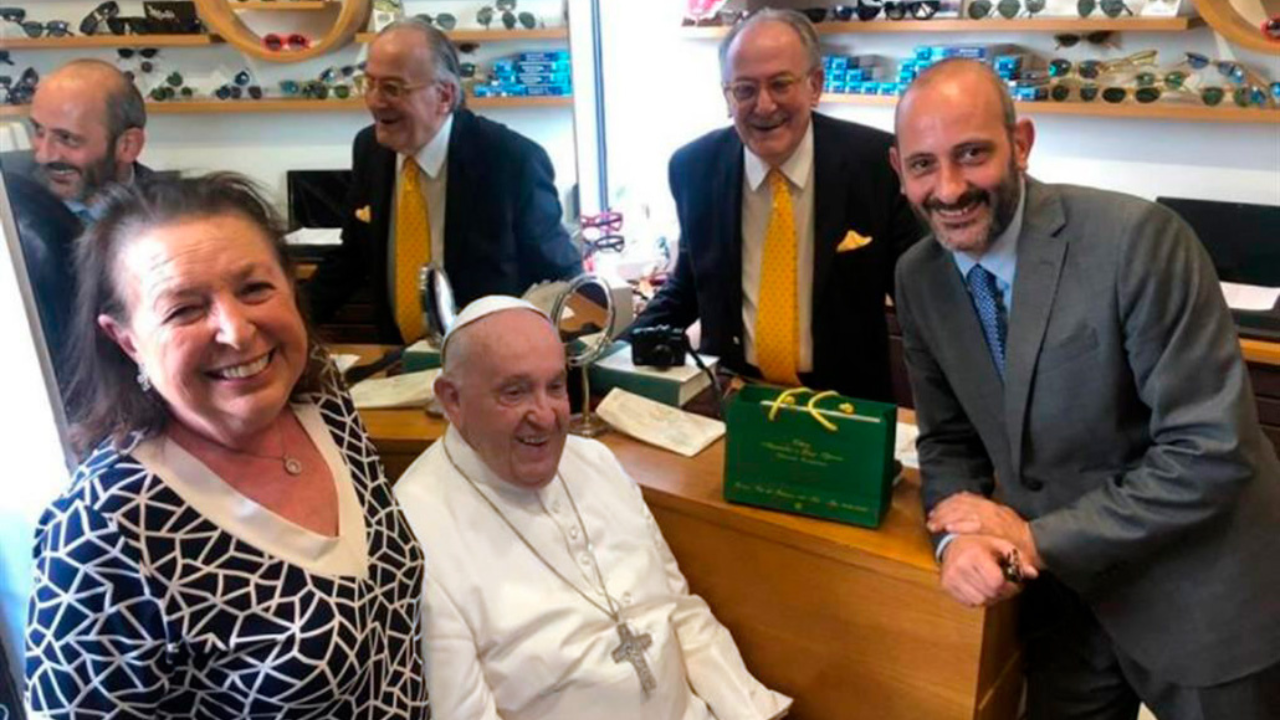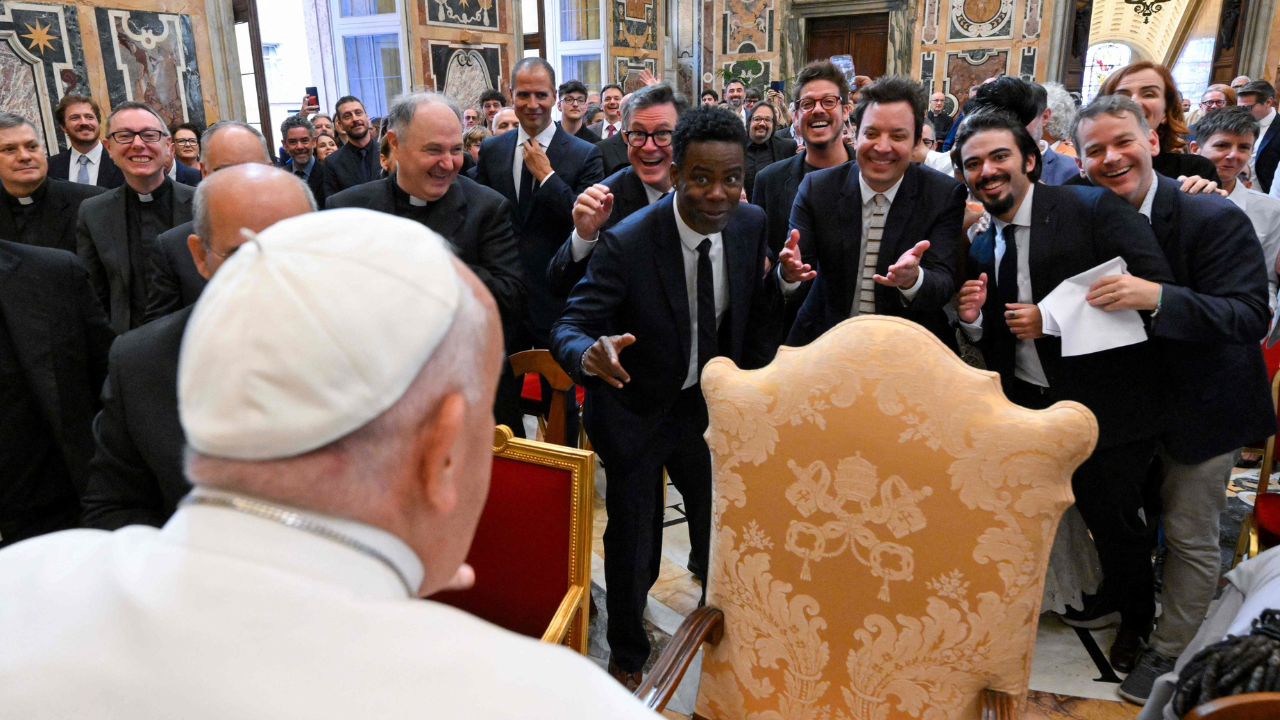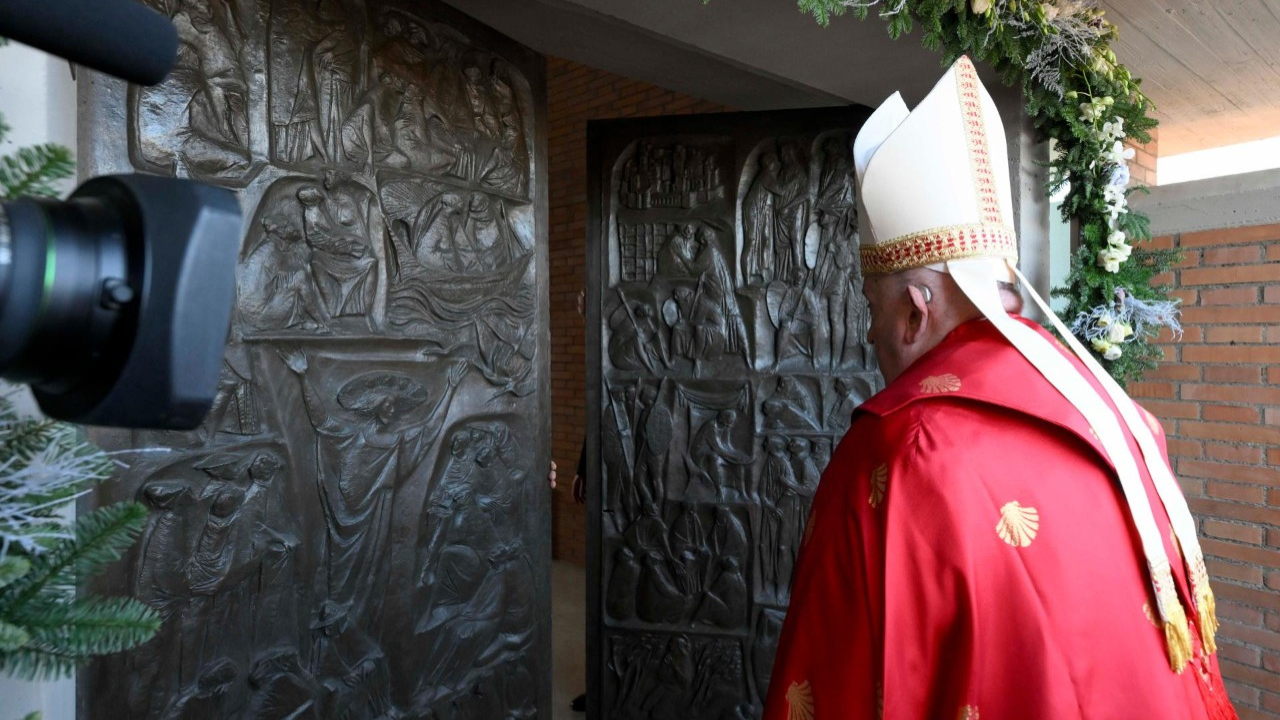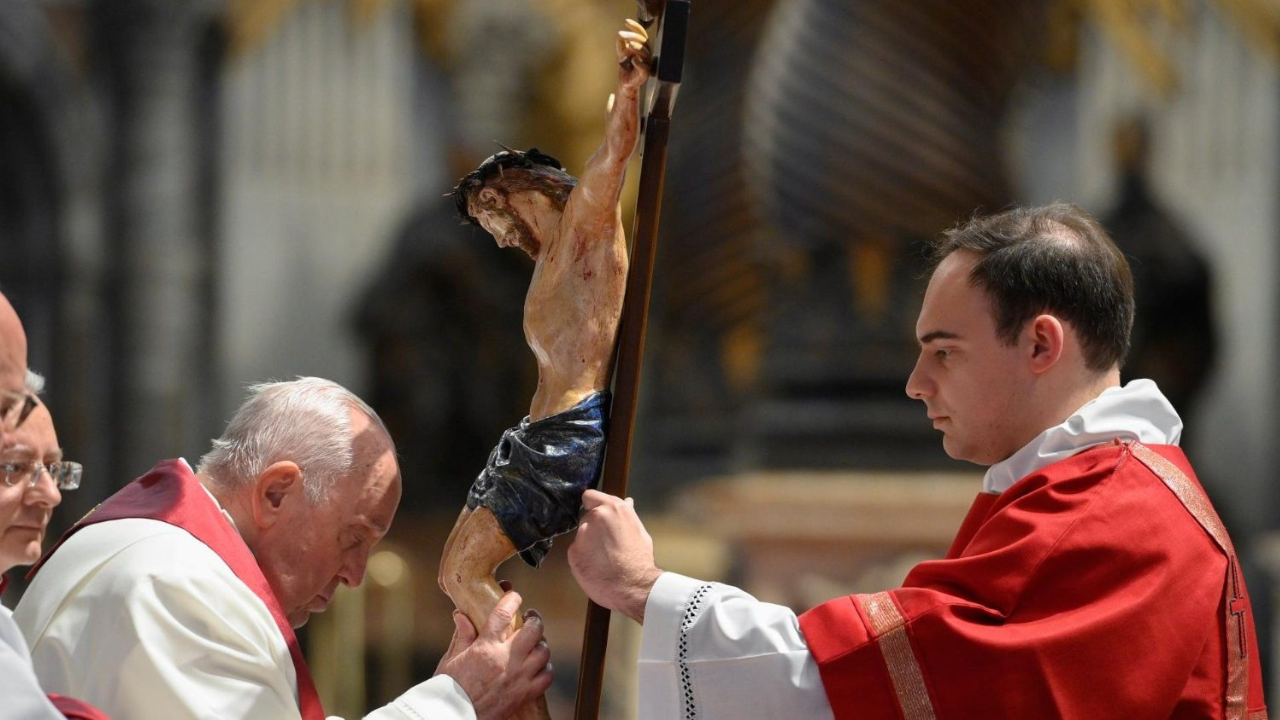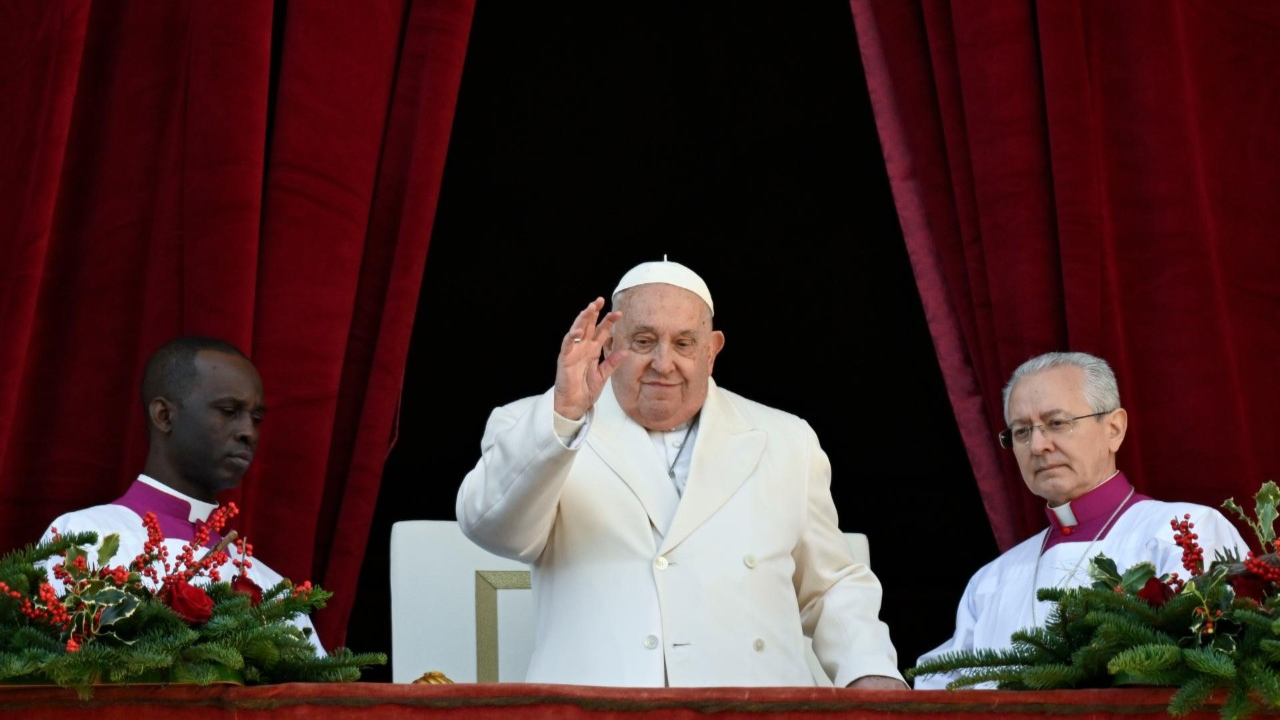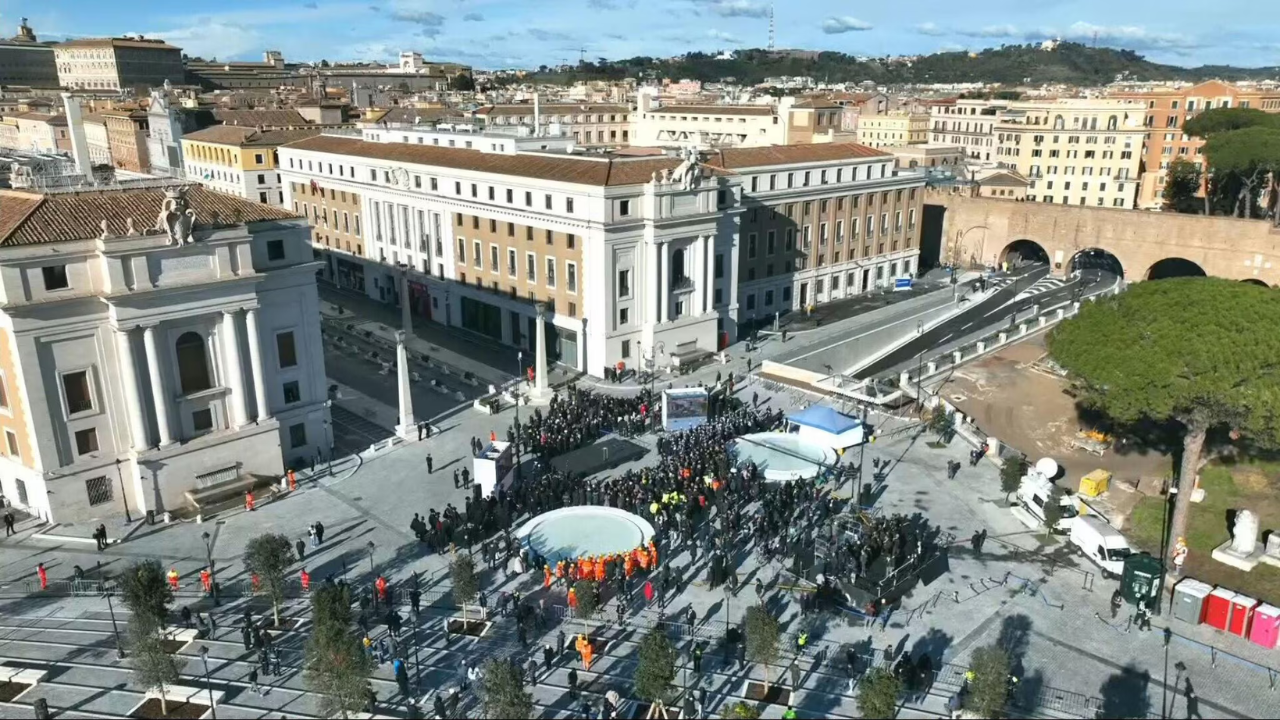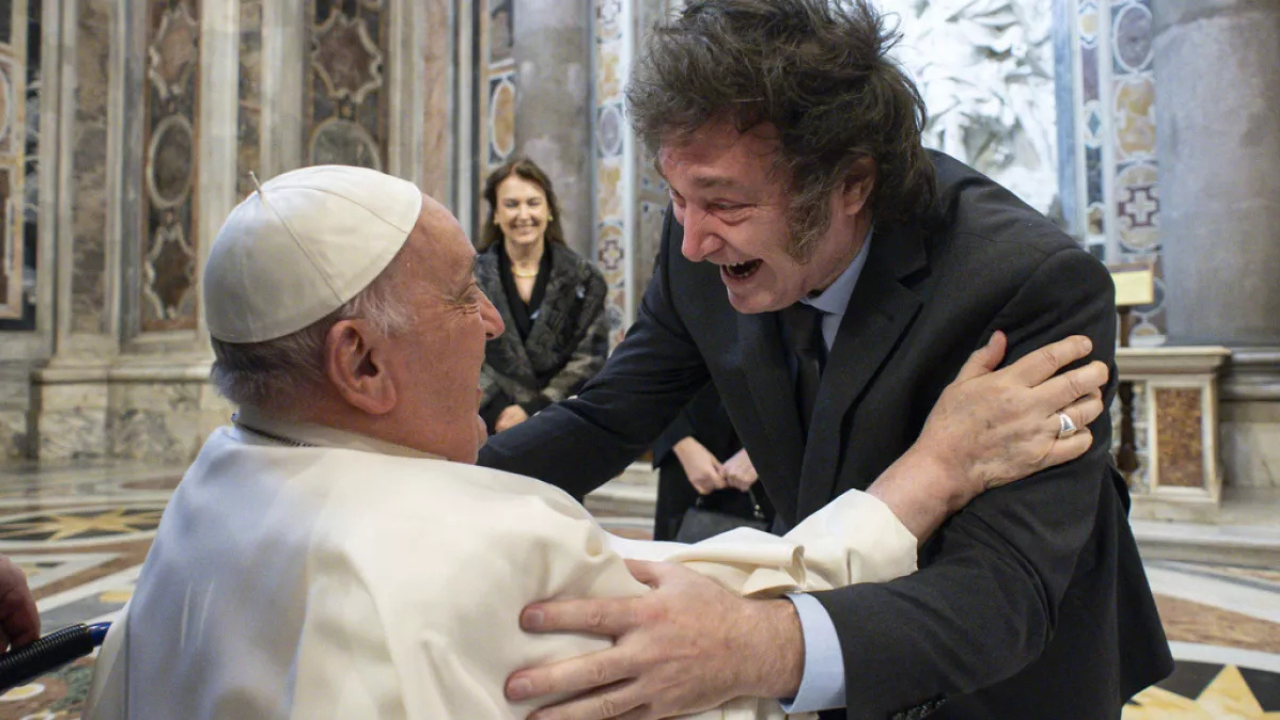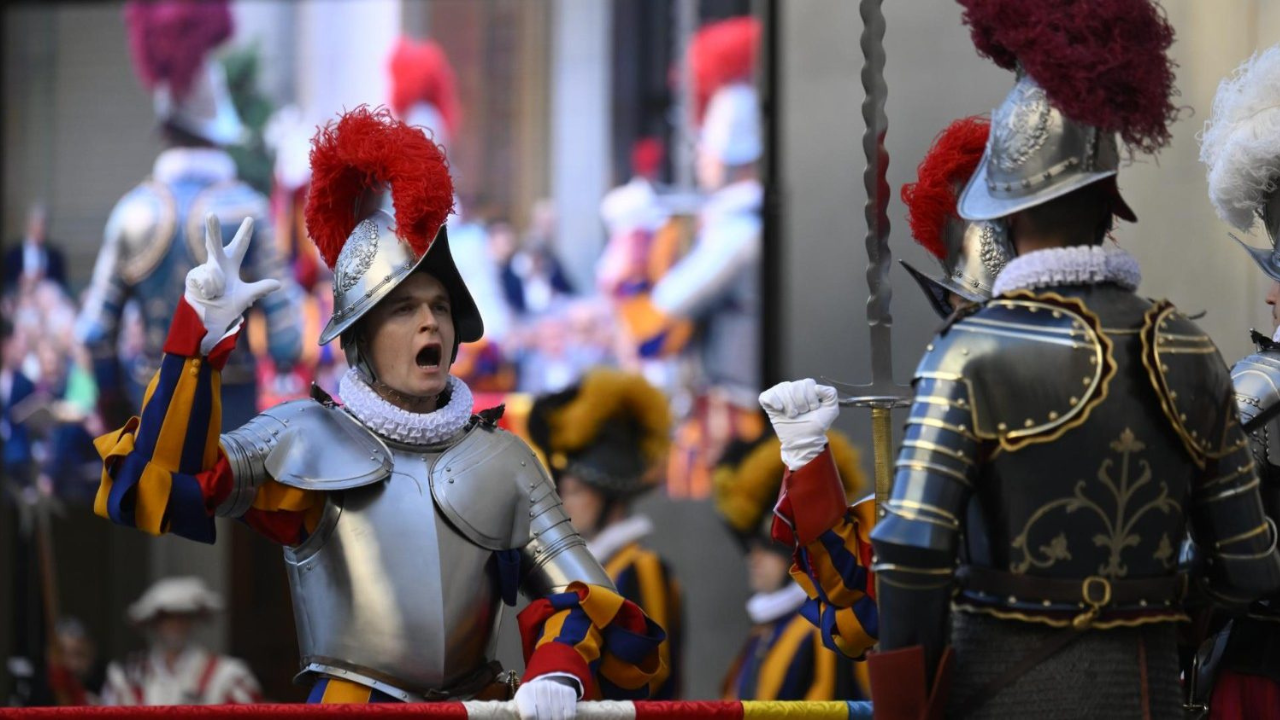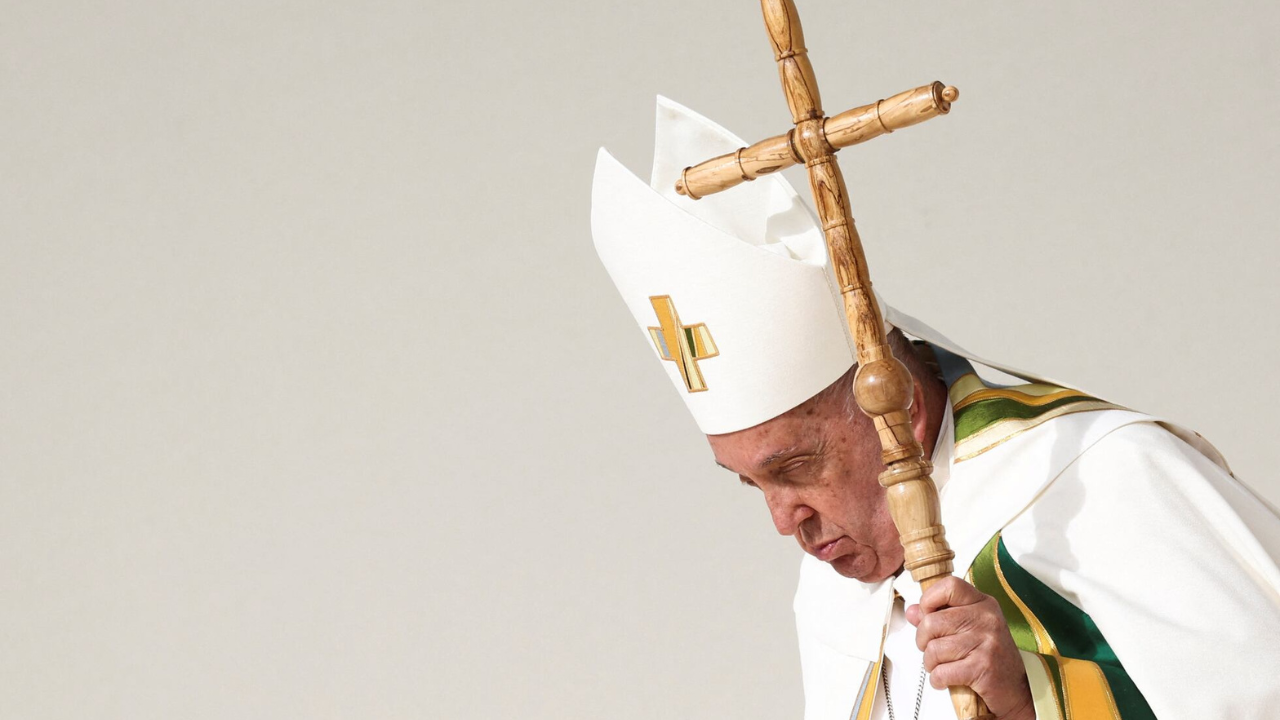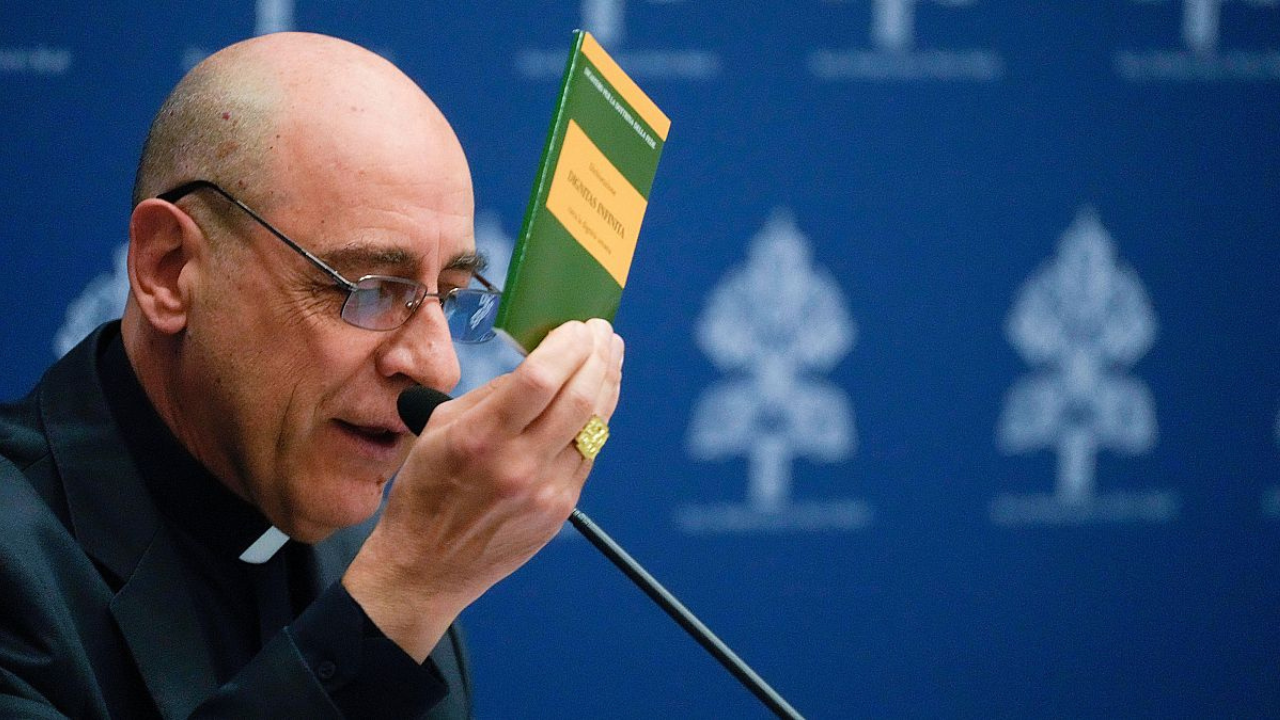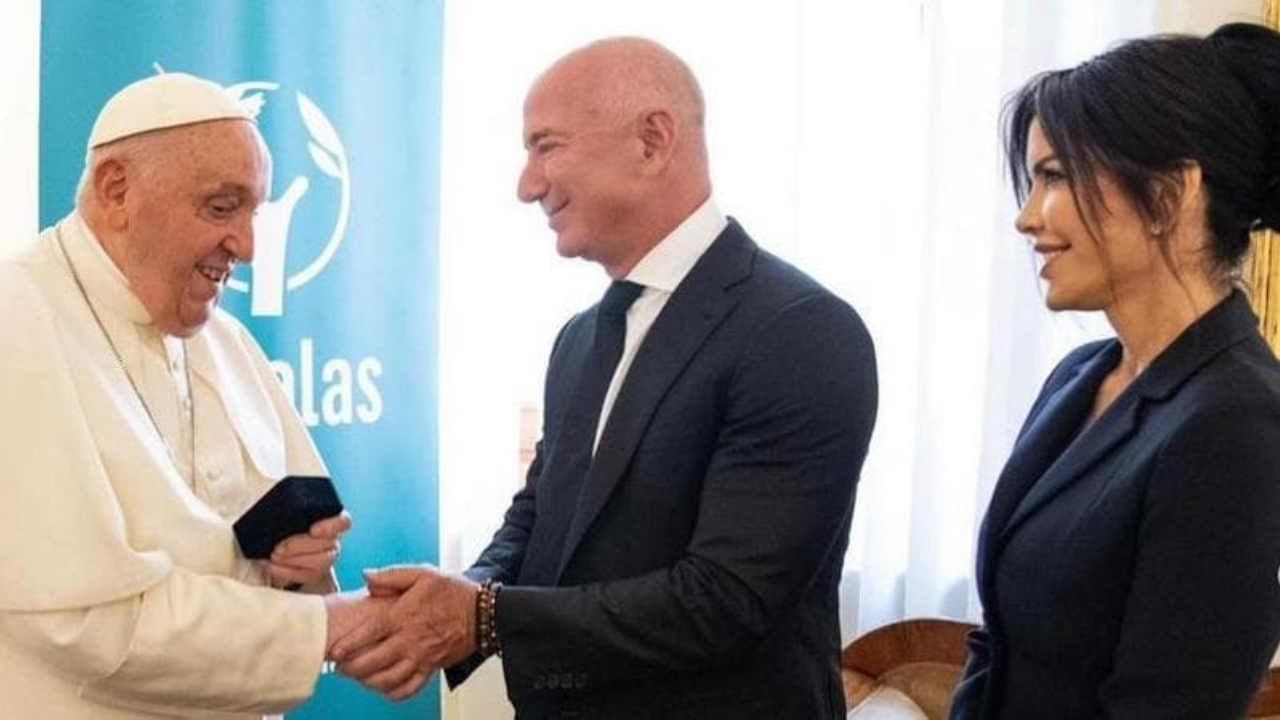Divine Mercy Sunday has been celebrated on the Octave Day of Easter since 2000. It is a day honoring Jesus' mercy, which was received by Polish St. Faustina Kowalska through written revelations, a now-painted image and through the Chaplet of Divine Mercy prayer.
In 2000 John Paul II canonized the saint, announcing that the faithful can also receive a plenary indulgence on this day.
FR. JOSHEP BART
Expert in Divine Mercy
“John Paul II not only insisted, but made his pontificate like an image of mercy. Because when he consecrated this Sunday to Mercy, he felt a pain, a cry of suffering, coming from this land. And if not in God's divine mercy, where can a man find hope or refuge?”
This desire for devotion to mercy was revealed to St. Faustina and is recounted in her Diary when Jesus says to her: “I desire that My mercy be worshiped, and I am giving mankind the last hope of salvation; that is, recourse to My mercy. Therefore, let no soul fear to draw near to Me, even though its sins be as scarlet' (Diary 998, 699).
FR. JOSHEP BART
Expert in Divine Mercy
“Jesus told St. Faustina Kowalska that on that day, all channels to my graces are open. On that day, all the outlets of mercy are open for everyone - whether they are far away from God, nearby, believers or nonbelievers. It's for anyone who believes in the Divine Mercy.”
Polish priest, Fr. Joshep has been the pastor at this parish near the Vatican since 1993. He says the feast is set the first Sunday after Easter because Christ's mercy is manifested in the resurrection and was won for humanity through His suffering in the Triduum.
This theme of mercy thus began in a whole new way with St. Faustina and St. John Paul II and is still continued today with Pope Francis, especially evident in the Jubilee Year of Mercy in 2016.
